PALS Megacode Scenario Simulations on Ventricular Tachycardia Practice Paper
The PALS Ventricular Tachycardia Practice Paper focuses on recognizing and managing pediatric patients experiencing ventricular tachycardia. It includes guidelines for assessment, intervention strategies, and pharmacological treatments. By mastering these protocols, you can improve outcomes and ensure the safety of pediatric patients in emergency situations.
Hurry, don’t let time run out! 5 mins 00 secs
2/10
Good try!
Now you can give it another shot9/10

